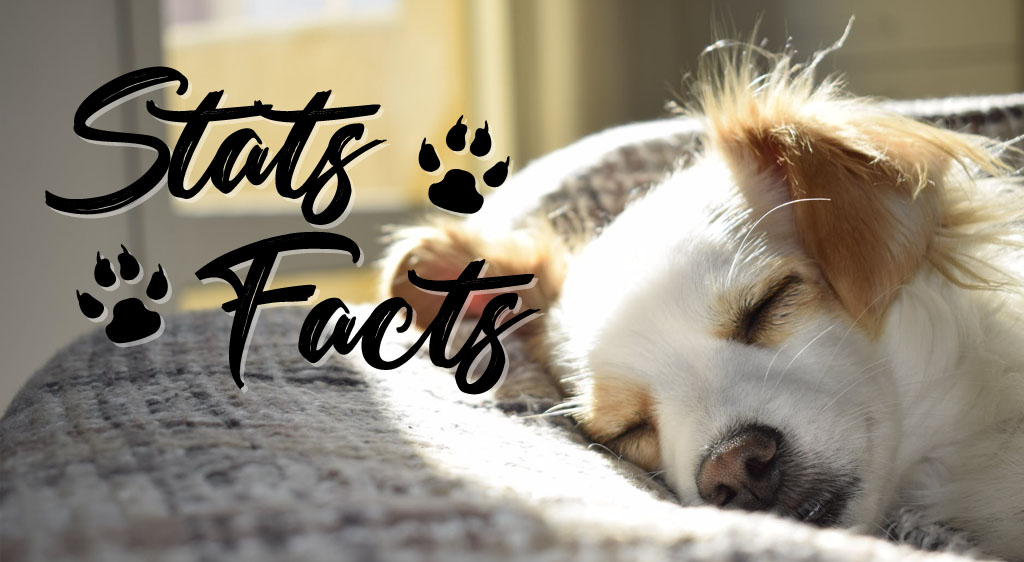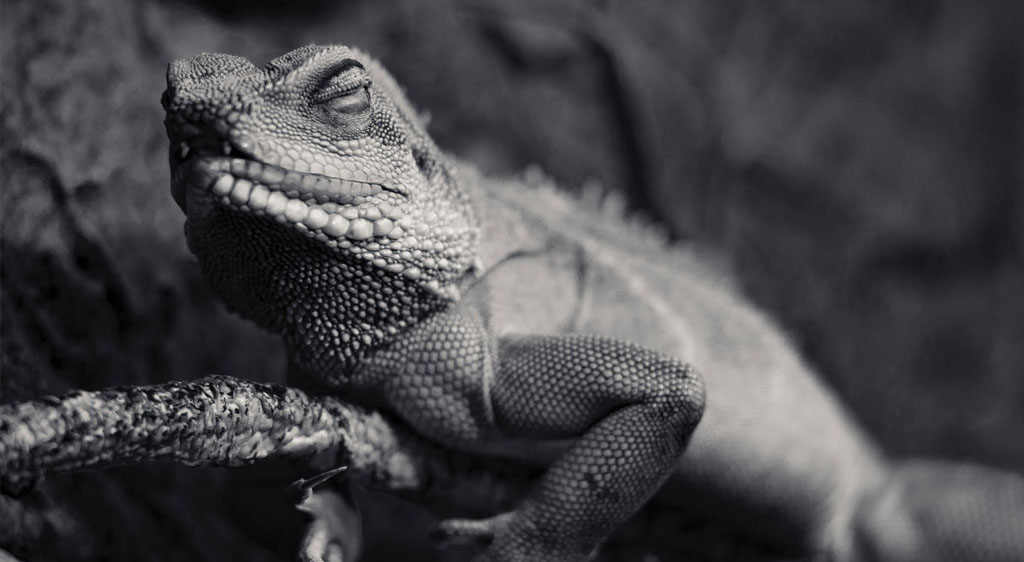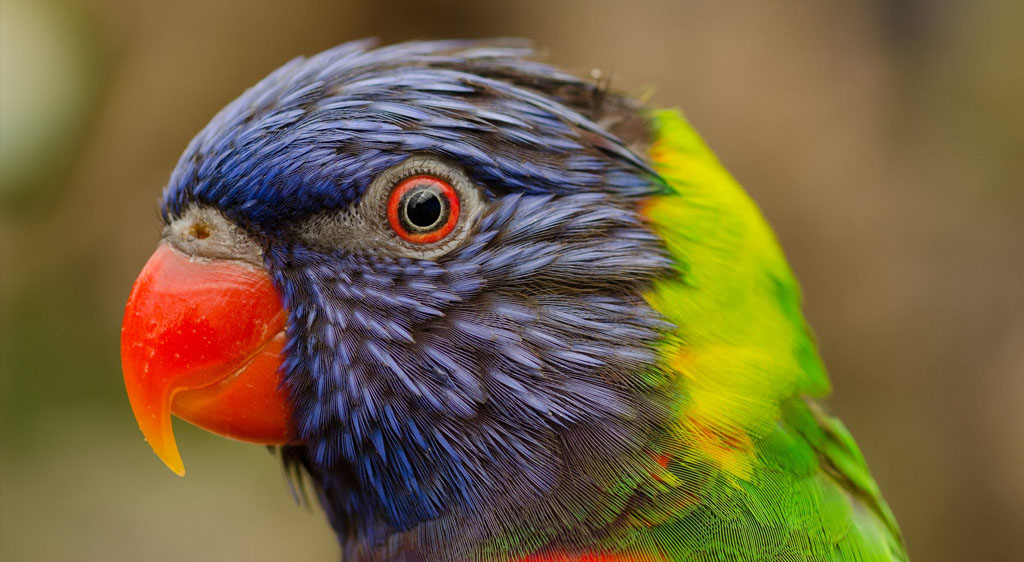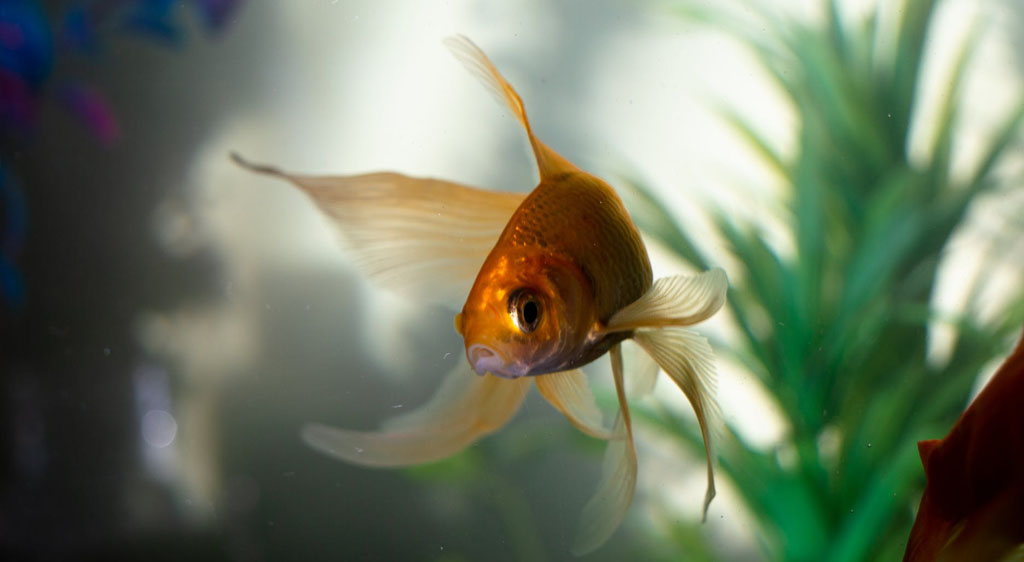Mattresses
SHOP STANDARD SIZES
SHOP STANDARD SIZES
SHOP BY TYPE
SHOP BY BRAND
RV Mattresses
Adjustable Beds
Shop By Brand
Shop By Size
Oversized Beds
Animal Sleep Statistics
When it comes to sleep, its benefits, and the detriments of the lack thereof, we mostly focus on us humans. Although sleep science is still developing, we already have some knowledge of our sleeping habits, whether they are good and bad. However, we put too much thought on our own sleeping practices that we neglect to think about our animal friends. Some animals sleep similarly to us, while others have drastically different sleeping practices. Several studies and animal sleep statistics have been done and are still being done today so we can learn more on how our animal counterparts rest.
The Most Surprising Animal Sleep Statistics
- Koalas can sleep between 20 to 22 hours in a day.
- The brown bat spends around 20 hours per day sleeping upside down.
- Giraffes only sleep between 30 minutes to 2 hours per day.
- Ants take several 1-minute naps throughout the day that can total around 4 to 5 hours.
- A queen ant can sleep for up to 9 hours per day.
- Honeybees can sleep between 5 to 8 hours per day.
- Many snakes sleep for around 16 hours per day.
- Some birds sleep with 1 eye open.
(Koala Info), (BBC), (Happy Serpent), (CNN Mascettii and G Vallortigara)
General Animal Sleep Statistics and Facts
Mammals
1. Dogs spend about 44.3% of the day sleeping.
Dogs also go through the same sleep stages as humans. However, they spend less time at each stage. Moreover, big dogs dream longer than small dogs, but little dogs dream more quickly and frequently. It is common for dogs to circle before laying down. Wolves, which are the ancestors of dogs, also do this to trample grass down so they can make a comfortable bed.
(University of Washington)
2. Cats spend around 50.6% of the day sleeping.
Similar to humans, cats also have the rapid eye movement (REM) and non-REM stages of sleep. Cats also experience dreams during the REM stage. Their body and face would twitch while they dream. Interestingly, cats can wake up instantly and be ready to run in case of danger. Cats also snore, and some breeds like the Persians and Himalayans snore more often because of the unique structure of their face.
(University of Washington), (Sleep), (Cat Health)
3. Captive sloths usually spend 15 to 20 hours in a day sleeping
In contrast, wild sloths rarely sleep for more than 10 hours. When sloths sleep, they usually curl into a ball in the fork of a tree. They also tend to sleep while hanging by their claws from branches.
(Live Science)
4. Horses can sleep for around 3 hours per day.
Horses also take several short naps of around 15 minutes throughout the day. Adult horses sleep while standing, but they do not experience REM stage during this sleep. When horses sleep while standing, they are also able to wake up easily and be instantly alert. This is a survival mechanism since horses are mostly prey to other animals. However, horses can reach REM sleep when they lie down. Unlike humans, horses have little need for REM sleep, but it is still necessary. Not getting REM sleep after a long time can be detrimental to a horse’s health.
(Horse Network), (The Spruce Pets)
5. Foals under 3 months of age can sleep for 12 hours in a day.
The sleep patterns of horses change over time. Foals also lie down when they take naps. As they get older, these young horses take less naps and they tend to sleep while standing.
(Horse Network), (The Spruce Pets)
6. A domestic pig can sleep for about 13 hours within 24 hours.
Pigs are social animals, and they tend to sleep close to each other. This not only provides them warmth, but also reassurance and protection from predators. Like humans, pigs have REM sleep where they experience dreams. They may also snore and grunt.
(Lutwyche R.)
7. Cows lie down for 14 hours per day.
Although cows may spend more than half the day lying down, they only take around 4 hours to sleep. However, cows do not sleep for 4 hours straight. They usually nap throughout the day and night. The naps typically last between 1 and 5 minutes. Cows spend the remaining hours in a drowsy state.
(The Cattle Site), (Hoard’s Dairyman)
8. Sheep sleep for about 4 hours per day.
Their sleep is also divided throughout the day. Similar to pigs, horses, and cows, sheep sleep together for protection since sheep are prey to other animals.
(University of Washington), (Sleep)
9. Armadillos sleep between 16 and 19 hours per day.
Unlike the pigs, sheep, and cows, armadillos are not social animals. They spend most of their time sleeping in burrows. When they are awake, they usually forage for beetles, ants, termites, and other insects for food. However, they also eat small vertebrates, plants, and some fruit, as well as an occasional carrion meal.
(National Geographic)
10. Sperm whales spend 7% of their day sleeping.
Sperm whales sleep vertically near the surface where they nap for 10 to 15 minutes. Scientists also observed that whales in captivity use half of their brain when asleep. Scientists think that by having half of the brain still active, sperm whales can better avoid predators, maintain social contact, control breathing, or continue swimming.
(National Geographic)
11. Dolphins also sleep for about 8 hours per day.
Just like humans, dolphins also spend about one-third of their day asleep. However, unlike humans, the 8 hours of sleep are accumulated through several bouts that last for about 2 hours in the night. Just like whales, when dolphins sleep, half of their brain is still awake. When they are asleep, dolphins can either rest at the surface vertically or horizontally, or they can sleep while swimming slowly next to another animal.
(Scientific American)
Reptiles and Amphibians
13. The giant tortoises of the Galapagos and Seychelle Islands can sleep for up to 18 hours in a day.
The giant Aldabra Tortoises can also sleep for up to 18 hours in a day. However, they wallow in mud to protect themselves from mosquitoes.
(Sciencing)
14. Animal sleep statistics show that the sleep cycle of lizards only lasts 80 seconds.
In contrast, the sleep cycle of humans lasts between 80 and 110 minutes. Lizards also go through 350 full cycles every night, while humans tend to go through 4 or 5. However, lizards appear to go through the same cycles as humans.
(Scientific American)
15. Crocodiles might sleep with 1 eye open.
Several animals sleep with 1 eye open like whales and dolphins. Sleeping with one eye open is called unihemispheric sleep, and it occurs when half of the brain is still awake. During unihemispheric sleep, the eye that is neurologically connected to the wakeful part of the brain stays open. However, it is still unclear if this is also true for crocodiles. Researchers found that crocodiles spend about 17 hours of the day with both eyes closed and only about 1 hour with one eye open. However, when there is visual stimulus, like another crocodile or a human, crocodiles are more likely to keep one eye open.
(Live Science)
16. A resting or sleeping sea turtle can remain under water for 4 to 7 hours.
Sea turtles are reptiles that still breathe air, but they can hold their breath for several hours. Some research even show that some turtles can hibernate in the sea for months. However, when a turtle experiences stress, such as when it gets entangled in garbage, it can quickly use up the oxygen it stored in its body and can drown within minutes.
(Sea Turtle Conservancy)
17. There is only 1 study on bullfrogs and sleep.
The study was done in 1967 and it concluded that bullfrogs do not sleep. The study found that even during the resting phase, there was never a change in respiratory responses after painful stimuli. There were also no arousal thresholds that could be measured during the cyclic phases with the lowest respiratory activity. This study is often used as an argument that sleep may not be universal.
(Chiara Cirelli, PhD), (Giulio Tononi, PhD)
18. The Iranian harlequin newt can sleep for 8 to 9 months.
The Iranian harlequin newt lives in the Zagros Mountains of western Iran where water is usually available for 3 or 4 months in a year. During the wet season it mates and feeds. Once the dry season arrives, it goes into a deep sleep in a burrow.
(Live Science)
Birds
19. Ducks spend about 45% of the day sleeping.
Ducks tend to sleep together in rows. The ducks at the end of the row act as lookouts. They would keep the eye facing away from the group open to watch for any danger. The ducks within the row are more likely to close both eyes while they sleep.
(Indiana Public Media)
20. Male Emperor penguins can sleep for 20 or more hours as they incubate eggs.
When it comes to size, Emperor penguins are the largest. As males sit on an egg to incubate it, they can wait for about 115 to 120 days. During this time, they can lose about 40% of their bodyweight. They sleep for extended periods in order to save energy.
(Cool Antarctica)
21. Eagles do not usually sleep on a nest.
The only time eagles are active on their nest is during the breeding season when they are raising young. Eagles can sleep on the nest itself, or on a branch on the nest tree or nearby tree. Eagles do not fall from their perch because they have a special mechanism in their foot that allows them to lock it in position so they can sleep without controlling it.
(Center for Conservation Biology)
Fish and Other Sea Animals
22. Many fish sleep with their eyes open because they do not have eyelids.
“Sleep” in fish is still an area of active research. Although they do not sleep like land mammals do, they certainly rest. Many fish remain in motion when they rest. Many shark species, for example, have restful periods where parts of their brain are less active or “resting” while the shark continues to swim. Some species continue to float along and will sometimes move a fin to keep oxygen flowing into their gills. These subtle movements also keep them balanced.
(National Ocean Service), (ThoughtCo)
23. Octopuses twitch their tentacles and change color every 15 minutes when they sleep.
Some scientists think that octopuses experience REM sleep and dreams during this stage. The colors also appear consistent with real-world behaviors. Octopuses change color when they see prey, when they catch prey, or when they leave the bottom of the ocean, and these patterns also appear when they sleep. These color changes may imply about what octopuses dream if they do dream.
(Science Alert)
24. Crayfish brain emit slow waves of electricity like that of mammals.
Researchers from Mexico observed that crayfish would sometimes lie motionless on one side and holding on to the tank with just one appendage. The animals were also less responsive to being shaken by a motor or to strobe lights.
(ScienceMag)
Insects
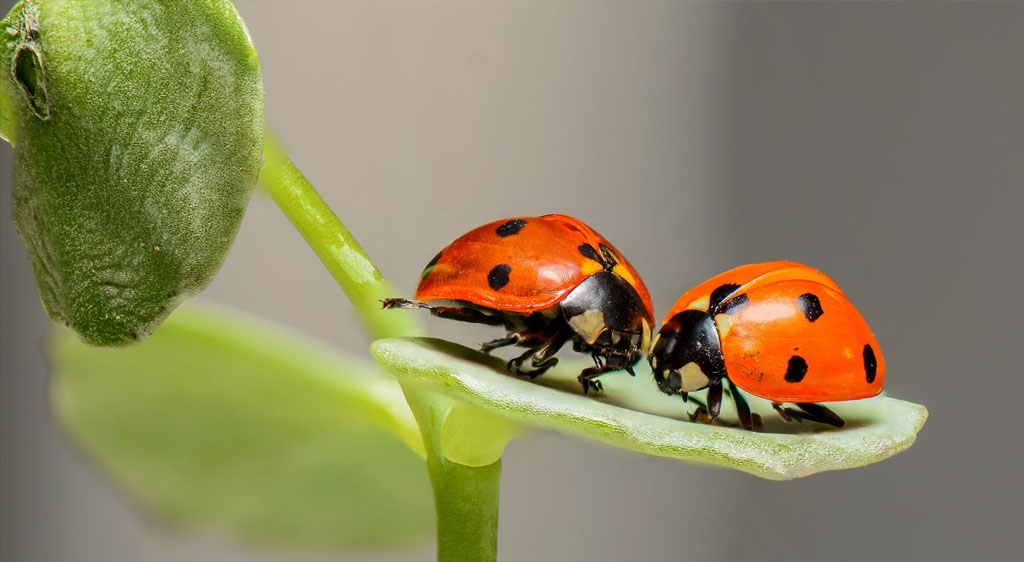
25. A fruit fly looks for a place to rest for about 2.5 hours.
A fruit fly neither moves nor responds to sensory stimuli when it rests. It may, however, twitch. When you deny them of rest, fruits flies can experience negative effects simfilar to humans, like difficulty in cognition. For example, sleep-deprived flies may take longer time to find their way through a maze.
(ThoughtCo), (Popular Science)
26. When a butterfly rests, it holds its wings upright over its body.
On the other hand, when a moth rests, it keeps its wings spread out flat.
(University of Kentucky)
27. Cockroaches tend to be active for about 4 hours after dark.
During this short period, cockroaches look for food, water, or a mate. Afterwards, cockroaches remain inactive. In this manner, cockroaches appear to also follow a rhythm similar to the human circadian rhythm.
(University of Massachusetts)
28. Termites never sleep.
Termites may slow down or even stop when the temperature drops, a process called diapause.
(The Spruce)
Other Animals
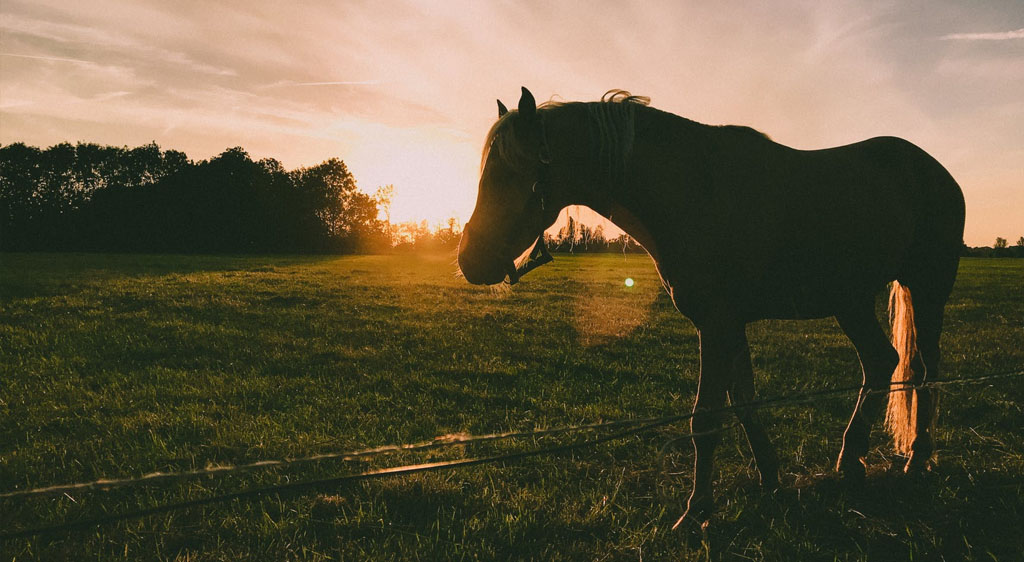
29. Snails can sleep for up to 3 years.
Researchers found that the sleep cycle of snails appear to follow a period of 2 to 3 days, unlike in humans, which follows 24 hours. Moreover, within those 2 or 3 days, snails can experience 7 periods of sleep over the first 13 to 15 hours, followed by 30 hours of alertness and activity.
(Richard Stephenson, PhD and Vern Lewis, PhD)
30. Worms “sleep” for about 2.6 hours.
The roundworm Caenorhabditis elegans, or C. elegans, is a model organism in biology. It is also one of the simplest animals that is known to “sleep”. In its development, a C. elegans enters a period of inactivity called lethargus that has sleep-like properties. Lethargus coincides with a time in the C. elegans life cycle when its nervous system changes. Thus, researchers propose that sleep is necessary for the nervous system to grow and change.
(Science Daily), (Komudi Singh, PhD)
Conclusion
Many of us know simple or basic biology that applies to our own species. However, we are not alone in this world. Sleep is a process that scientists also observe in our animal friends. Aside from ourselves, the more we study how other animals sleep, the more we can understand life itself.
References
Koala Info:
https://koalainfo.com/why-koalas-sleep-more-than-20-hours-a-day
BBC:
http://www.bbc.com/earth/story/20160621-do-bees-dream
Happy Serpent:
https://happyserpent.com/snake-information/do-snakes-sleep/
CNN: Mascetti and Vallortigara, 2001:
https://pubmed.ncbi.nlm.nih.gov/11448774/
Live Science:
https://www.livescience.com/27612-sloths.html
Horse Network:
https://horsenetwork.com/2017/07/7-strange-sleeping-habits-of-horses/
The Spruce Pets:
https://www.thesprucepets.com/learn-how-all-horses-sleep-1887328
The Cattle Site:
http://www.thecattlesite.com/articles/4175/do-cows-need-beauty-rest-too/
Hoard’s Dairyman:
https://hoards.com/article-19809-cows-need-their-beauty-sleep.html
National Geographic:
https://www.nationalgeographic.com/animals/mammals/group/armadillos/
National Geographic:
Scientific American:
https://www.scientificamerican.com/article/how-do-whales-and-dolphin/
Sciencing:
https://sciencing.com/do-turtles-sleep-8746747.html
Live Science:
https://www.livescience.com/52570-crocodiles-sleep-one-eye-open.html
Sea Turtle Conservancy:
https://conserveturtles.org/information-sea-turtles-general-behavior/
Cirelli and Tononi, 2008:
https://www.ncbi.nlm.nih.gov/pmc/articles/PMC2525690/
Live Science:
https://www.livescience.com/52627-salamanders.html
Indiana Public Media:
https://indianapublicmedia.org/amomentofscience/sleeping-with-one-eye-open.php
Cool Antarctica:
https://www.coolantarctica.com/Antarctica%20fact%20file/wildlife/Emperor-penguins.php
Center for Conservation Biology:
https://ccbbirds.org/what-we-do/research/species-of-concern/virginia-eagles/facts-about-eagles/
National Ocean Service:
https://oceanservice.noaa.gov/facts/fish-sleep.html
Sleep:
https://www.sleep.org/articles/animals-that-sleep-the-least/
Science Alert:
https://www.sciencealert.com/watch-the-mesmerising-colour-shifts-of-a-sleeping-octopus
Science:
https://www.sciencemag.org/news/2004/07/crayfish-catch-nap#
ThoughtCo:
https://www.thoughtco.com/do-sharks-sleep-2291555
University of Massachusetts:
http://www.bio.umass.edu/biology/kunkel/cockroach_faq.html#Q4
The Spruce:
https://www.thespruce.com/do-termites-sleep-other-facts-2656762
Stephenson and Lewis: 2011:
https://pubmed.ncbi.nlm.nih.gov/21307060/
Science Daily:
https://www.sciencedaily.com/releases/2008/01/080111100622.htm
Singh et al., 2013:
https://www.ncbi.nlm.nih.gov/pmc/articles/PMC3571757/
University of Washington:
http://faculty.washington.edu/chudler/chasleep.html
Sleep:
https://www.sleep.org/articles/cats-sleep-habits-2/
Cat Health:
https://www.cathealth.com/cat-health/respiratory/2250-cats-snoring-normal-or-abnormal
Scientific American:
ThoughtCo:
https://www.thoughtco.com/do-insects-sleep-1968410
Popular Science:
https://www.popsci.com/blog-network/our-modern-plagues/do-insects-sleep/
Lutwyche, R. (2019). The pig: A natural history. London, UK: Ivy Press.
© 2025 Rest Right Mattress. All Rights Reserved.


